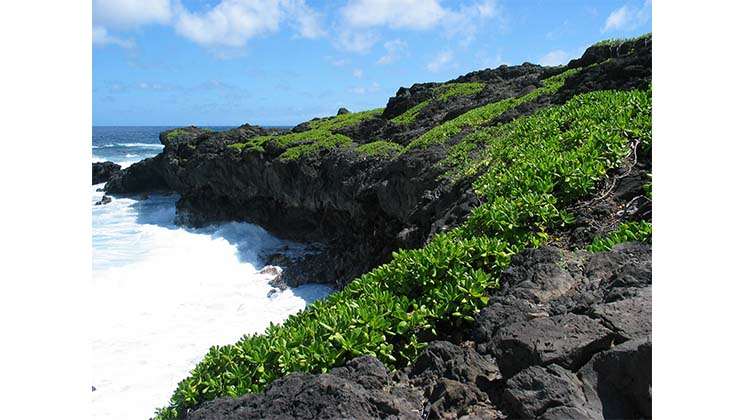
If you need a break from yet another brutal North American winter, there is no better warm-weather vacation destination than the Hawaiian island of Maui. And while you’re there, not to be missed is Haleakala (pronounced Holly-awk-a-la) National Park.

The 1778 arrival of British explorer James Cook was Hawaii's first documented contact with European explorers. He originally named Hawaii the Sandwich Islands to honor his sponsor, John Montagu, the 4th Earl of Sandwich. Cook visited the islands twice, but his second visit in 1779 did not end well.
Cook and his men took temple idols and fencing as firewood, and the Hawaiians, in retaliation, took a small boat from Cook’s ship. Cook responded by abducting a tribal chief and holding him hostage, demanding the boat be returned. A fight ensued, and during the melee Cook and four marines were killed as they retreated to the beach and their ship.
The Hawaiian Islands, located 2,400 miles from the nearest continent, are the most isolated major island group on earth. But even though Haleakala National Park is in the middle of the Pacific Ocean, it still averages nearly 1.5 million visitors annually. It’s no secret that the park is literally a tropical paradise.
The park is divided into two distinct sections: the Summit Area and the coastal Kipahulu Area. More than half of the park’s 33,265 acres is designated wilderness.
The main attraction is Haleakala itself, a dormant “shield” volcano—meaning gradually sloping sides—that last erupted sometime between 1480 and 1600 AD. The volcano’s summit is stark and lunar-like, made up of multicolored cinder cones. Sunrise and sunset are popular times to view the volcano’s crater.
After dark, stargazing is outstanding thanks to no artificial lights or air pollution. The night sky is so clear that Haleakala Observatory, managed by the University of Hawaii Institute for Astronomy, is located nearby, close to the park’s visitor center.
But not all of Haleakala National Park is stark; far from it. Extending down the southeast face of the volcano, all the way to the ocean, is Kipahulu. Filled with tropical plants, waterfalls, and natural pools, Ohe o Gulch is very much a true Hawaiian paradise where swimming in the streams and beneath waterfalls is popular with visitors.

Because of a rapid rise in elevation—from sea level to 10,023 feet at the mountain’s summit—half a dozen ecosystems exist within the park. The alpine zone is windy and cool, even downright cold at times, so remember to take a sweatshirt or jacket when you visit the Summit Area. Subalpine shrubland is bordered below by rain forest, receiving anywhere from 120 to 400 inches or more of rain per year! So called “dry forest” also exists in the park. Because of its location on the leeward slope of Haleakala, it receives as little as 20 inches of rain annually. Streams and the lowland/coastal zone round out the park’s habitats.
In addition to soaking up the sun and enjoying the warm weather, another advantage of a wintertime visit to Hawaii is whale watching. During this time of year, hundreds if not thousands of humpback whales surround Maui and the other islands in the Hawaiian chain, their spouting and aerial breaching nothing less than spectacular. Whales are so numerous, in fact, that you can sit on the shore and watch the free, daily show. To get even closer to the action, whale-watching boat tours are also available.
Other year-round, outdoor recreation opportunities include world-class scuba diving, snorkeling, birding, hiking, backcountry ATV tours, and deep-sea fishing, even hunting. If you enjoy cycling, a tour company will take you to the top of Haleakala and you can ride down the mountain at your own pace, the ocean vistas along the way absolutely awe-inspiring.
Drive-in camping is available at Hosmer Grove and Kipahulu campgrounds on a first-come, first-served basis. Wilderness Area camping is permitted, but only at Holua and Paliku. Three visitor centers are located within the park: Park Headquarters, Haleakala, and Kipahulu. Be aware that an entrance fee is charged to enter the Summit Area.
Haleakala is Hawaiian for “House of the Sun,” and according to local legend the demigod Maui imprisoned the sun on the island in order to lengthen the day. Once on Maui, you too will wish the days were longer, as it truly is an island paradise. 
Still need some convincing to visit Hawaii and Haleakala National Park this winter? Imagine the view from atop a 10,000-foot mountain in the middle of the Pacific Ocean. Now, isn’t it time to start packing your T-shirts, shorts, and swimsuit?







































